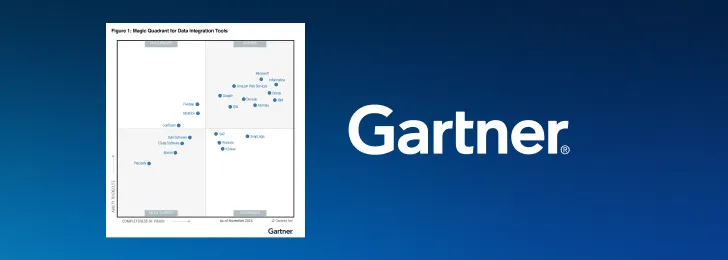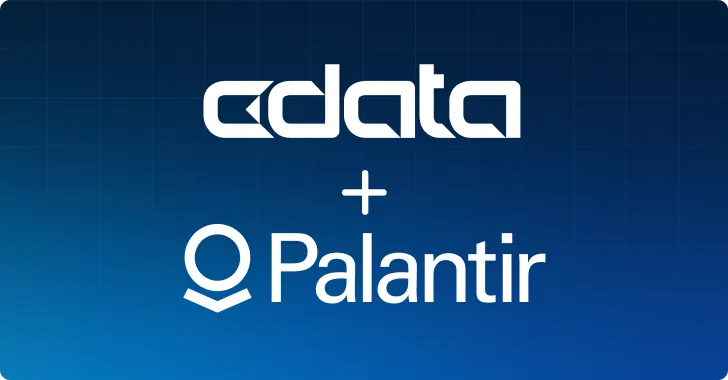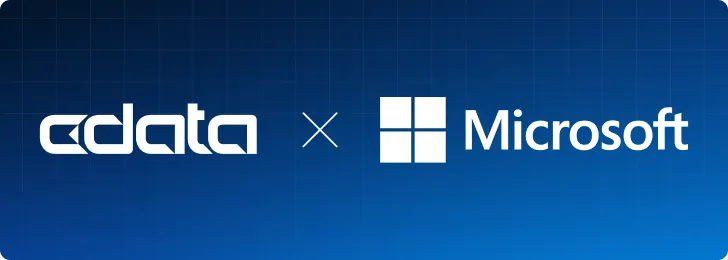Data—a small word, but one that has a huge impact in today's modern digital world. Over the last 10 years, the exponential growth of data has redefined how organizations operate. This surge in volumes and requests for data is driven by many sources, including social media, internet use, and business transactions. As organizations try to capitalize on insights that are buried in this massive sea of data, they face an array of challenges in managing that data effectively.
These challenges include ensuring data quality, maintaining data security and privacy, navigating complex regulatory frameworks, scaling infrastructure to manage growing volumes, and extracting meaningful insights in a timely manner.
Beneath that sea of data lurks another critical element: Metadata. In data-driven systems, metadata is the key to unlocking the complexities that are inherent in analyzing and deriving value from data. This article explores those complexities along with what metadata management is, what it comprises (components), and why it is important. We also highlight several use cases and best practices for metadata management.
What is metadata management?
Metadata management is the process of organizing, controlling, and leveraging metadata throughout its lifecycle within an organization. This process includes defining metadata standards, capturing metadata from various sources, storing it in a central repository, and ensuring its accuracy, consistency, and accessibility.
The goal of managed metadata is to enable efficient data governance, data discovery, data integration, data quality assurance, and decision-making processes by providing comprehensive and reliable metadata about the organization's data assets.
What are the components of metadata management?
Metadata management typically involves several key components, which are explained in the following sections.
Metadata strategy
A metadata strategy is a comprehensive framework that outlines how you will manage, govern, and use metadata to support your data management objectives and business goals. Such a strategy encompasses a set of principles, policies, processes, and best practices for creating, capturing, storing, organizing, and using metadata effectively across the organization.
Metadata repository
A metadata repository is a centralized, structured storage environment for capturing, organizing, and accessing metadata that is related to an organization's data assets. Typically, this repository contains metadata records or entries that describe different aspects of data (for example, structure, content, format, and use). These records are organized according to predefined schemas, taxonomies, or vocabularies to ensure consistency and standardization.
Metadata capture
Metadata capture involves collecting metadata from different sources, including databases, files, applications, and systems. You can populate your metadata repository by extracting metadata either automatically or manually from data sources.
Metadata storage
Metadata storage involves storing, organizing, and managing metadata within the repository. This includes storing metadata records, managing metadata schemas, and enforcing data quality and governance policies.
Metadata integration
A metadata integration process meshes metadata from diverse sources and systems into a cohesive structure, which allows for easier management, discovery, and use of data assets. This process includes mapping metadata from different formats, standards, and systems to ensure consistency and interoperability.
Metadata publication
Metadata publication refers to the process of making metadata accessible and available to users within and outside an organization. Metadata publication plays a crucial role in enabling users to discover, access, and use data assets effectively. By making metadata accessible through standard formats and interfaces, organizations can facilitate data discovery, promote data sharing, and support informed decision-making processes.
Why is metadata management important?
Unorganized data presents significant challenges, including difficulties in locating specific information, an increased risk of data duplication and inconsistency, hindered data analysis and decision-making processes, and elevated security and compliance risks.
Metadata management can address these challenges by providing systematic methods for organizing, describing, and governing data assets. This management is crucial for several reasons:
- Enhances understanding of data relationships
- Enables users to discover relevant data quickly
- Enhances data quality, usability, and analytics
- Increases storage efficiency
- Supports data governance and compliance
- Facilitates data integration
4 Metadata management use cases
The following use cases illustrate how metadata management plays a pivotal role in driving efficiency, governance, and insights in modern data-driven organizations:
- Data analytics: In data analytics, metadata serves as the backbone for understanding and optimizing the use of data assets. Organizations can enhance the accuracy, efficiency, and reliability of analytical processes by collecting and managing metadata related to data sources, structures, transformations, and semantics. Leveraging metadata in data analytics empowers organizations to obtain actionable insights, make informed decisions, and drive continuous improvement in analytical capabilities.
- Data governance: Data governance is essential because it controls the data lifecycle, regulates data usage, ensures quality, and provides security. Metadata management is crucial in this case because organized metadata offers a comprehensive view of company data that enables the necessary control and regulation of data.
- Operations optimization: Metadata management is a valuable tool for streamlining processes, improving efficiency, and maximizing performance. Using a metadata-driven approach, operations managers can track key performance indicators (KPIs), identify bottlenecks or inefficiencies in workflows, and make data-driven decisions to optimize resource allocation, streamline operations, and enhance overall productivity. By using metadata-management techniques to analyze and optimize operational processes, organizations can achieve greater productivity, cost savings, and overall performance.
- Risk management and compliance: Metadata management is essential for establishing and enforcing data-governance policies and ensuring compliance with regulations such as the European Union's General Data Protection Regulation (GDPR) and the United States' Health Insurance Portability and Accountability Act (HIPAA). Metadata-driven risk management and compliance initiatives enable organizations to identify sensitive data, monitor its movement and access, enforce data-protection policies, and facilitate auditing and reporting processes. As a result, organizations can maintain visibility and control over their data assets, implement access controls, and demonstrate compliance with regulatory requirements.
5 Best practices for metadata management
By following best practices, organizations can effectively manage metadata to support its data governance, integration, analytics, and decision-making initiatives, maximizing the value of their data assets.
Here are five best practices for implementing robust metadata management:
- Establish clear metadata standards and policies: Define and document metadata standards, guidelines, and policies that specify how metadata should be captured, organized, and managed across your organization. This includes defining metadata attributes, naming conventions, vocabularies, and quality standards to ensure consistency and interoperability.
- Standardize metadata definition and formats: Establish consistent guidelines for describing data assets across your organization. By standardizing metadata attributes, naming conventions, and vocabularies, you can ensure that metadata remains uniform and compatible, facilitating data integration and analysis efforts.
- Implement a metadata-management tool: Implementing a good metadata-management tool enables you to centralize and streamline metadata-management processes. These tools provide functionalities for capturing, storing, organizing, and governing metadata in a centralized repository or catalog. By using such a tool, you can improve metadata visibility, accessibility, and governance, enabling users to easily discover, understand, and use data across your organization.
- Implement metadata-governance processes: Implement metadata governance processes to ensure that your metadata remains accurate, up-to-date, and aligned with your business objectives and requirements. This process includes establishing metadata stewardship roles and responsibilities, implementing metadata change-management procedures, and conducting regular metadata quality assessments and audits to maintain data integrity and compliance.
- Automate metadata capture and updates: Leverage data integration and metadata management tools to streamline the automation process. Choose data integration and metadata-management tools that support automated metadata capture and updates. Look for features such as metadata-extraction capabilities, connectors for various data sources, and scheduling functionality for automated data ingestion and updates. Also, ensure that the tools you select are compatible with your existing data infrastructure and systems.
CData Sync: Streamlined data integration for metadata management
Data integration solutions from CData Sync are particularly advantageous for metadata management because of the tool’s capabilities to efficiently extract data from a wide range of external sources. Sync provides a vast selection of data connectors that support various data sources, including databases, cloud applications, APIs, and flat files. While Sync offers extensive connectivity built to capture and replicate systems' underlying data, it also ensures that you can extract metadata from diverse sources.
Want to know more about Sync features and how they can support your metadata-management efforts? Discover more here.
Explore CData Sync
Take a product tour today to learn how CData Sync can help you make the most of your data ecosystem.





